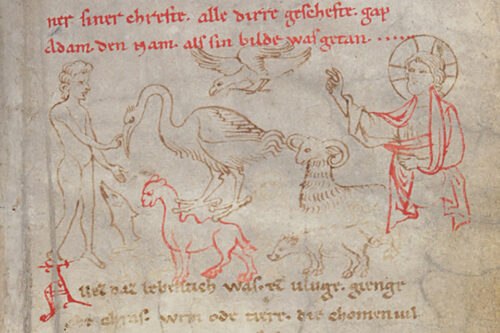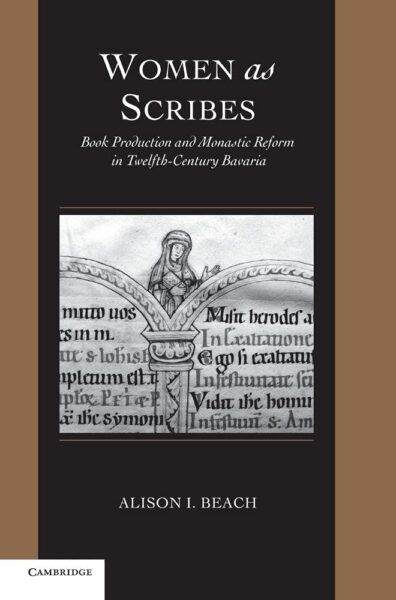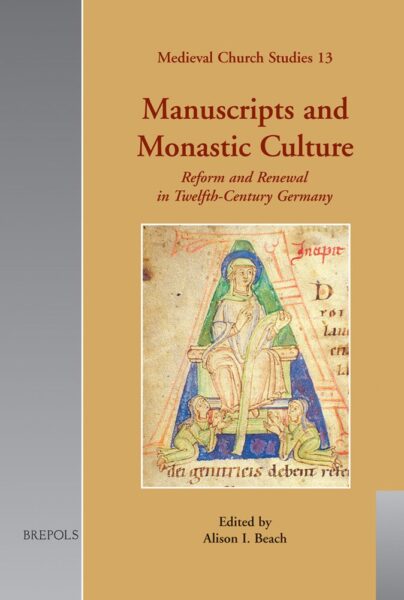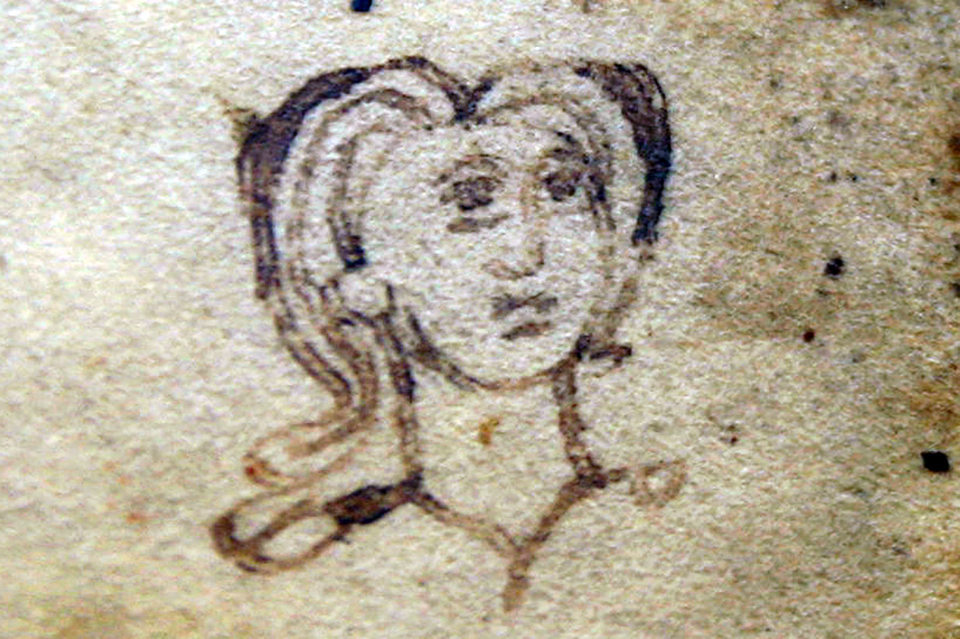Millstatt was founded c 800 by the Duke of Carinthia, who built the first church after he allegedly destroyed one thousand pagan statues by throwing them into the lake. A later Abbey housed a significant collection of texts in high medieval German literature

In 1070, the Bavarian Count Palatine Aribo II together with his brother Poto founded a monastery at Lake Millstatt in Carinthia. Likely, the brethren came from Hirsau Abbey, an early adopter of the Cluniac reforms (c. 950-1130). The comital family richly endowed the new abbey with land around Salzburg and Friuli. During its heyday, the Abbey housed up to 150 brothers and functioned as the religious centre of the Carinthian region. Later, in the 15th century, the monastery was handed over to the knightly order of St. George to be sacked repeatedly by the Turks in 1473 and 1483. In 1598, the Jesuit order used it as a counter-reformational centre. Finally, in 1773, the abbey fell into disrepair until restoration was begun in the mid-19th century. Today, the church from the 12th century functions as the local parish church, while the restored buildings primarily function as an art centre.
The Library
 Today, Millstatt is primarily known for the Millstatt Genesis, Physiologus, and Exodus, a codex from around 1200 holding 167 sheets featuring eight rhyming poems containing 6062 verses. The manuscript holds a substantial part of the Middle High German literature in the form of rhymed renditions of Genesis and Exodus. The Physiologus contains a unique medieval zoological textbook describing 29 animals in rhyme. Also, the Codex holds two sermons on law and marriage, a lamentation of sins, and an interpretation of the Lord’s prayer. The codex also holds 119 coloured illuminations attributed to the so-called Salzburg painting school in the 12th century. The drawings have been compared to those in the Cotton Genesis fragment in The British Library.
Today, Millstatt is primarily known for the Millstatt Genesis, Physiologus, and Exodus, a codex from around 1200 holding 167 sheets featuring eight rhyming poems containing 6062 verses. The manuscript holds a substantial part of the Middle High German literature in the form of rhymed renditions of Genesis and Exodus. The Physiologus contains a unique medieval zoological textbook describing 29 animals in rhyme. Also, the Codex holds two sermons on law and marriage, a lamentation of sins, and an interpretation of the Lord’s prayer. The codex also holds 119 coloured illuminations attributed to the so-called Salzburg painting school in the 12th century. The drawings have been compared to those in the Cotton Genesis fragment in The British Library.
Likely, the collection of vernacular spiritual poems was intended for a noble audience. Also, fragments of manuscripts from the library containing snippets from the Niebelungenlied and the Heiland have been discovered.
The Sermons
Medieval German literature also holds a treasure of c. 870 sermons written down in Middle High German and preserved in collections such as the newly edited collection “Die Millstädter Predigten”.
The Millstädter Sermon Collection holds 72 (out of 77) sermons from ca 1200 and is preserved in a manuscript in the Krakauer Biblioteka Jagiellonska (Berol. Ms. Germ. Quart. 848), and a manuscript held in Donauschingen. The collection is important as an example of a text written in the vernacular and contemporary with the secular genre of the Minnesang but with religious and theological content. The sermons – together with the other vernacular texts preserved from the library – serve to outline the religious horizon of the elite.
Another famous manuscript – the Millstätter Psalter from around 1200 – contains the texts in both Latin and German. Also, it holds hymns glossed in German. A breviary from the same period is also glossed. In a new edition, Regina Schiewer explores the likelihood that these manuscripts and texts do not originally originate at Millstat, but at the convent in Admont, part of the double monastery there.
The Millstädter Sermon collection belongs to a group of manuscripts such as the Speculum ecclesiae, the Leipziger Sammlung, the Oberlalticher Sammlung, the Predigtbuch Priester Konrads and the St. Pauler Predigten. As such, they must be characterised as a collection intended to serve as a guide or model for a priest servicing the more or (and probably) less illiterate nuns at the convent. Alison I. Beach has shed light on the Bavarian Nuns as confident and accomplished scribes who wrote down in shorthand the sermons preached to them at their convent through a small window separating their church from male “intrusions”.
The Virtual Benedictine Library at Millstatt
The project, “The Virtual Benedictine Library at Millstatt” , is dedicated to the cultural memory and educational history of Carinthia in the broadest sense. It aims to reconstruct the hitherto little-known and little-researched corpus of manuscripts from the Benedictine Abbey of Millstatt, to identify its texts, and to shed light on their history of use. Against the background of the eventful history of ownership of the Millstatt library, the problems that arise when trying to reliably assign manuscripts scattered around the world to the Millstatt corpus are outlined. The extent to which external features (binding, signature system, accessories), but also text-internal indications, make the origin and ownership history of the manuscripts traceable have been explored. Spectacular new finds are presented, but also erroneous assumptions about the affiliation of certain texts to the reading canon of the Millstatt Benedictines have been pointed out.
PHOTO:
Head of a youngster or female from Manuscript in the Universitätsbibliothek Klagenfurt: Signatur PA 109
EDITIONS:
Die Millstätter Genesis.
Ed by Fanks Schafer.
V&R Unipress 2019
Die Millstätter Predigten
Ed by Regina D. Schiewer
Series: Deutsche Texte des Mittelalters Vol 93.
De Gruyter 2024
READ MORE:

Women as Scribes: Book Production and Monastic Reform in Twelfth-Century Bavaria
By Alison I. Beach
Cambridge University Press 2024
 Manuscripts and Monastic Culture: Reform and Renewal in Twelfth-Century Germany.
Manuscripts and Monastic Culture: Reform and Renewal in Twelfth-Century Germany.
Ed. By Alison I. Beach.
Brepols, Turnhout 2007.

The Trauma of Monastic Reform: Community and Conflict in Twelfth-Century Germany
By Alison I. Beach
Cambridge Uniersity Press 2017
